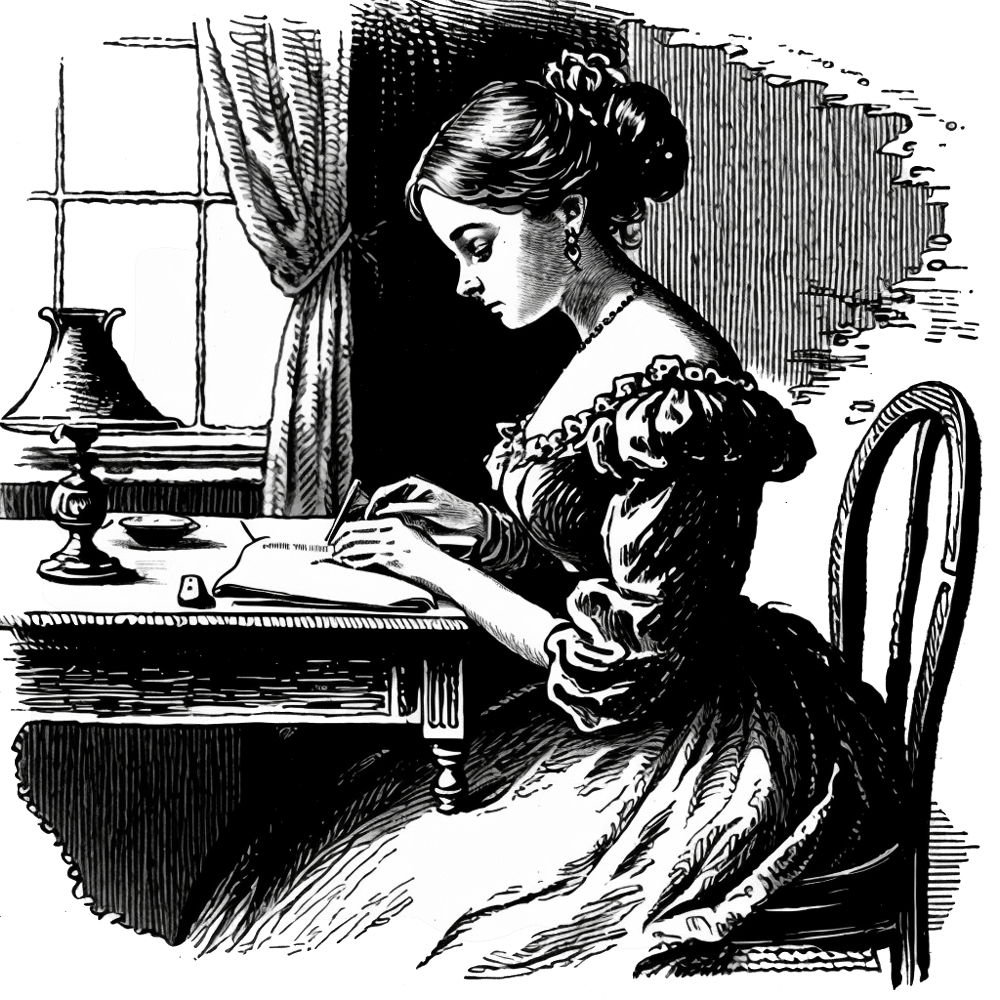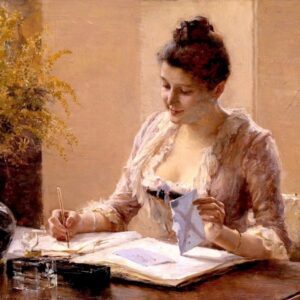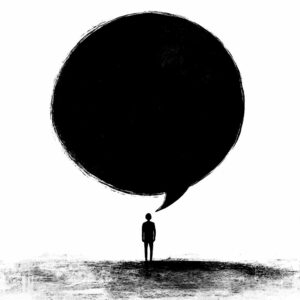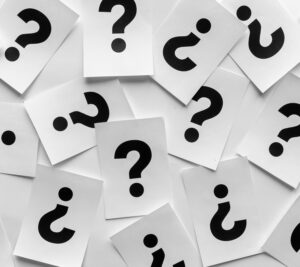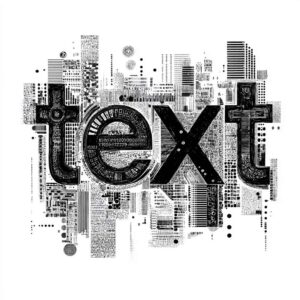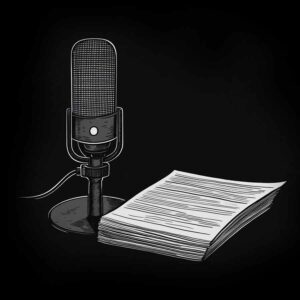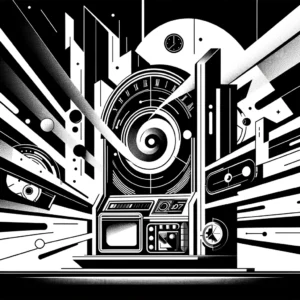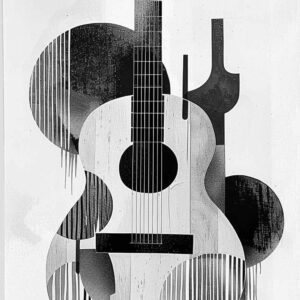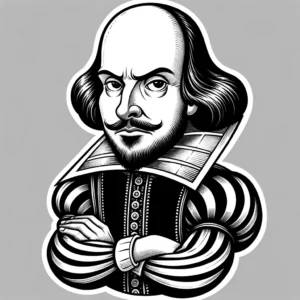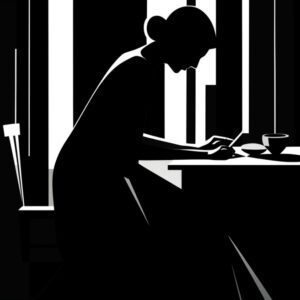A Guide to Victorian Letter Writing
The Victorian era is known for its elaborate social customs and formalities, and the art of letter writing was no exception. Victorian letter writing was a complex and highly stylized art form that reflected the social norms and values of the time. In this article, we will provide a crash course on what makes a good Victorian style correspondence.

Salutation and Addressing
Victorian letters always began with a salutation that addressed the recipient with utmost respect and formality. Depending on the social status and gender of the recipient, a gentleman would use titles such as “Dear Sir” or “My Lord”, while a lady would use “Dear Madam” or “My Lady”. Addressing the recipient by their full name and title was also customary.
Opening and Tone
In a Victorian letter, the opening sentence should set the tone for the rest of the letter. A polite inquiry about the recipient’s health, or a compliment on their recent achievements, can be used to establish a positive and respectful tone. The language used in a Victorian letter should be formal and elevated, but not overly flowery or pretentious. Clarity of expression is highly valued, and one should avoid ambiguity and unnecessary embellishment.
Content
The content of a Victorian letter should be focused and purposeful. It should express gratitude, condolence, or congratulation with utmost sincerity and empathy. The subject matter could include anything from social or personal events, to news of mutual acquaintances, to business or financial matters. However, a Victorian letter should never be used to discuss controversial or inappropriate topics such as politics, religion, or intimate details of one’s personal life.
Closing and Farewell
A Victorian letter should conclude with a fitting farewell and closing phrase. The farewell should be respectful and courteous, expressing a sincere wish for the recipient’s well-being. The closing phrase should be equally formal, such as “Yours truly”, “Sincerely yours”, or “Faithfully”.
In summary, a good Victorian style correspondence should follow these key elements:
- Begin with a formal and respectful salutation and address the recipient by their full name and title
- Set a positive and respectful tone in the opening sentence
- Use formal and clear language that avoids unnecessary embellishment and ambiguity
- Focus the content of the letter on a purposeful and appropriate subject matter
- Conclude the letter with a fitting farewell and closing phrase that expresses sincere well-wishes
In conclusion, the art of Victorian letter writing is a reflection of the era’s values and customs. By following these guidelines, you can create a letter that reflects the civility, respectability, and elegance of the Victorian era.
